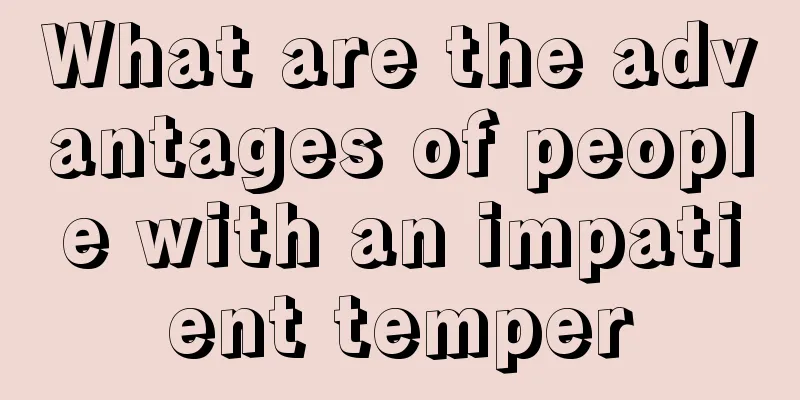The effects of gallbladder removal due to gallstones, 4 phenomena are most common

|
If gallstones recur, timely surgical treatment is required, otherwise it will cause more serious harm to the body. Generally, gallstones require gallbladder removal. Some sequelae may also occur after gallbladder removal, such as indigestion, diarrhea, etc. 1. Indigestion. The gallbladder stores concentrated bile. After eating, under the regulation of the vagus nerve and cholecystokinin, the gallbladder contracts and discharges bile into the duodenum to participate in digestion. If the gallbladder is removed, the liver bile will have nowhere to store and will be continuously discharged into the intestines, thus affecting the digestion and absorption of food, especially the digestion and absorption of fat, which will induce steatorrhea and deficiency of fat-soluble vitamins, or cause the body to suffer from indigestion, abdominal distension and diarrhea. Therefore, patients who undergo cholecystectomy often become thinner and have a yellow complexion. 2. Bile duct injury. In most cases of bile duct injury, it is caused by cholecystectomy. During the cholecystectomy operation, the complication of bile duct injury is a very difficult problem in biliary surgery, which is the biggest defect of cholecystectomy. At the same time, the physiological defects and immune function effects caused by cholecystectomy are also very serious. 3. Alkaline reflux gastritis. In normal people, the gallbladder contracts after eating, causing a large amount of bile to enter the intestine. After cholecystectomy, bile continues to enter the intestine without the neutralization of food and gastric acid. Bile can accumulate in the duodenum and flow back into the stomach, increasing the pH value in the stomach and causing bacteria to multiply, resulting in congestion, edema, and increased brittleness of the gastric mucosa, and atrophy of the gastric glands, causing gastritis or gastric ulcers. 4. Common bile duct stones. The gallbladder stones are removed after the gallbladder is removed, but the gallbladder has the function of concentrating bile. The concentrated bile has a higher solubility for cholesterol. After the gallbladder is removed, the bile salt pool is significantly reduced, and the bile has lost its place to concentrate. The bile acid concentration in the hepatobiliary duct is reduced, resulting in a decrease in the ability to dissolve cholesterol, which easily causes the accumulation of cholesterol. This makes it easy to form stones, that is, common bile duct stones. The treatment of common bile duct stones is much more difficult than gallstones. |
<<: What are the functions of the belt meridian
>>: Are gallstones serious? Are complications serious?
Recommend
Is the examination cost for small cell lung cancer expensive?
Is the cost of small cell lung cancer examination...
Do I need to wash my face after applying milk?
If you use milk to apply on your face, you need t...
How long after a meal can I eat yogurt?
The deliciousness of yogurt is something many of ...
Low protein edema
If the body shows low protein during examination,...
What should I do if I have a throbbing pain in the back of my head?
What would you do if you had a headache? Anyway, ...
The principle of honey sobering up
There are many ways to sober up when you are drun...
Which kind of mat is better
As soon as the hot summer comes, people start usi...
Diet therapy for kidney deficiency in patients with kidney cancer
Common symptoms of kidney cancer patients after o...
What to eat and what to vomit after radiotherapy for nasopharyngeal carcinoma? What are the reasons?
There are many reasons for this, some of which ar...
What is soft tissue infection and how to care and prevent it
Soft tissue infection is a suppuration phenomenon...
What are the best foods to eat when you have liver cancer? Three foods are essential for liver cancer patients
Liver cancer is a very serious disease. If people...
Signs that a man is deeply hurt in love
In a romantic relationship, getting hurt is a com...
There are horizontal lines on the toenails
The originally beautiful toenails were accidental...
How long can one live with advanced brain cancer?
Primary brain tumors are divided into benign and ...
What causes nasopharyngeal cancer?
What causes nasopharyngeal cancer? 1. Nasopharyng...









